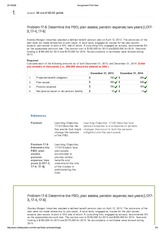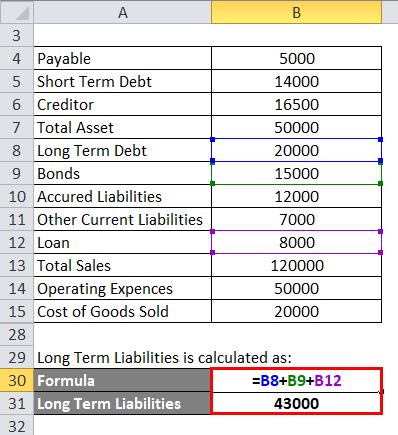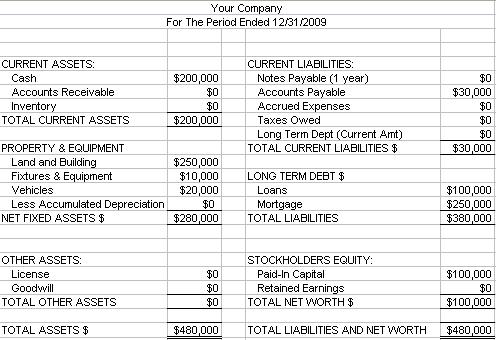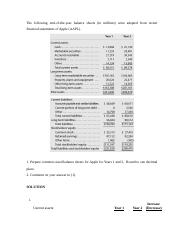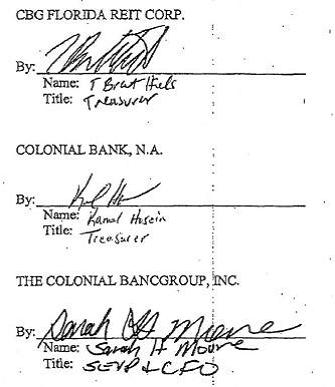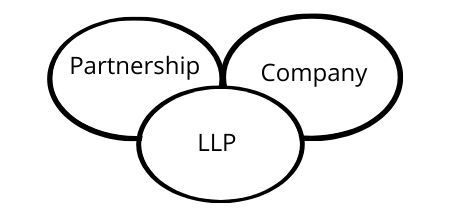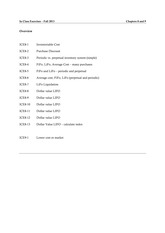Credit rating agencies, creditors and investors rely on audits to expose hidden risks to counterparties. A company might overstate its contingent liabilities and scare away investors, pay too much interest on its credit or fail to expand sufficiently…
Bookkeeping 101
Level 3 Assets Definition
Posted on Posted on: 22.06.2020 Modified on: 11.01.2022Categories Bookkeeping 101 Leave a comment on Level 3 Assets DefinitionAfter all, those are all positive numbers on a balance sheet that can make a company look great. But without considering the debt, business leaders are ignoring key indicators to the financial solvency of the company. Understand the difference betwee…
Asset Definition
Posted on Posted on: 19.06.2020 Modified on: 11.01.2022Categories Bookkeeping 101 Leave a comment on Asset DefinitionThe fund’s investment advisor, Geode Capital Management, employs a passive strategy, which helps to minimize its costs. Consequently, the fund has a turnover ratio of 4% and charges a low net expense ratio of 0.015%. The Fidelity Spartan 500 Index In…
Types of Assets
Posted on Posted on: 19.06.2020 Modified on: 11.01.2022Categories Bookkeeping 101 Leave a comment on Types of AssetsUnder US GAAP and IFRS, goodwill is never amortized, because it is considered to have an indefinite useful life. Instead, management is responsible for valuing goodwill every year and to determine if an impairment is required. If the fair market valu…
I TFM PART 5 CHAPTER 4600: TREASURY LOCKBOX NETWORK
Posted on Posted on: 19.06.2020 Modified on: 11.01.2022Categories Bookkeeping 101 Leave a comment on I TFM PART 5 CHAPTER 4600: TREASURY LOCKBOX NETWORKLockbox processing is a cash management service provided by banks to their corporate customers. Lockbox services are designed to accelerate the collection and deposit of check payments, sent with accompanying remittance document(s), through the mail….
Loans receivable
Posted on Posted on: 19.06.2020 Modified on: 11.01.2022Categories Bookkeeping 101 Leave a comment on Loans receivableAccounts payable are the opposite of accounts receivable, which are current assets that include money owed to the company. On the balance sheet, current assets are normally displayed in order of liquidity; that is, the items that are most likely to b…
Advantages and Disadvantages of LLCs
Posted on Posted on: 18.06.2020 Modified on: 11.01.2022Categories Bookkeeping 101 Leave a comment on Advantages and Disadvantages of LLCsA limited liability company, or LLC, is a legal structure that provides businesses run by single owners or partnerships with increased legal and personal asset protections. Any small business can organize as an LLC, which can give owners different op…
Ex 1: Determine a Dual Problem Given a Standard Minimization Problem
Posted on Posted on: 18.06.2020 Modified on: 11.01.2022Categories Bookkeeping 101 Leave a comment on Ex 1: Determine a Dual Problem Given a Standard Minimization ProblemIn the post-war years, many industries applied it in their daily planning. Objective function is defined as the variable that a person is attempting in order to provide the solutions of the linear programming problems. On the other hand, restraint fu…
LLP Advantages & Disadvantages
Posted on Posted on: 18.06.2020 Modified on: 11.01.2022Categories Bookkeeping 101 Leave a comment on LLP Advantages & DisadvantagesLimited liability organization owners receive tax deductions and lower reported income for business losses. Limited liability is a type of legal structure for an organization where a corporate loss will not exceed the amount invested in a partnership…
Why LIFO Is Banned Under IFRS
Posted on Posted on: 18.06.2020 Modified on: 11.01.2022Categories Bookkeeping 101 Leave a comment on Why LIFO Is Banned Under IFRSLIFO is more difficult to maintain than FIFO because it can result in older inventory never being shipped or sold. LIFO also results in more complex records and accounting practices because the unsold inventory costs do not leave the accounting syste…
